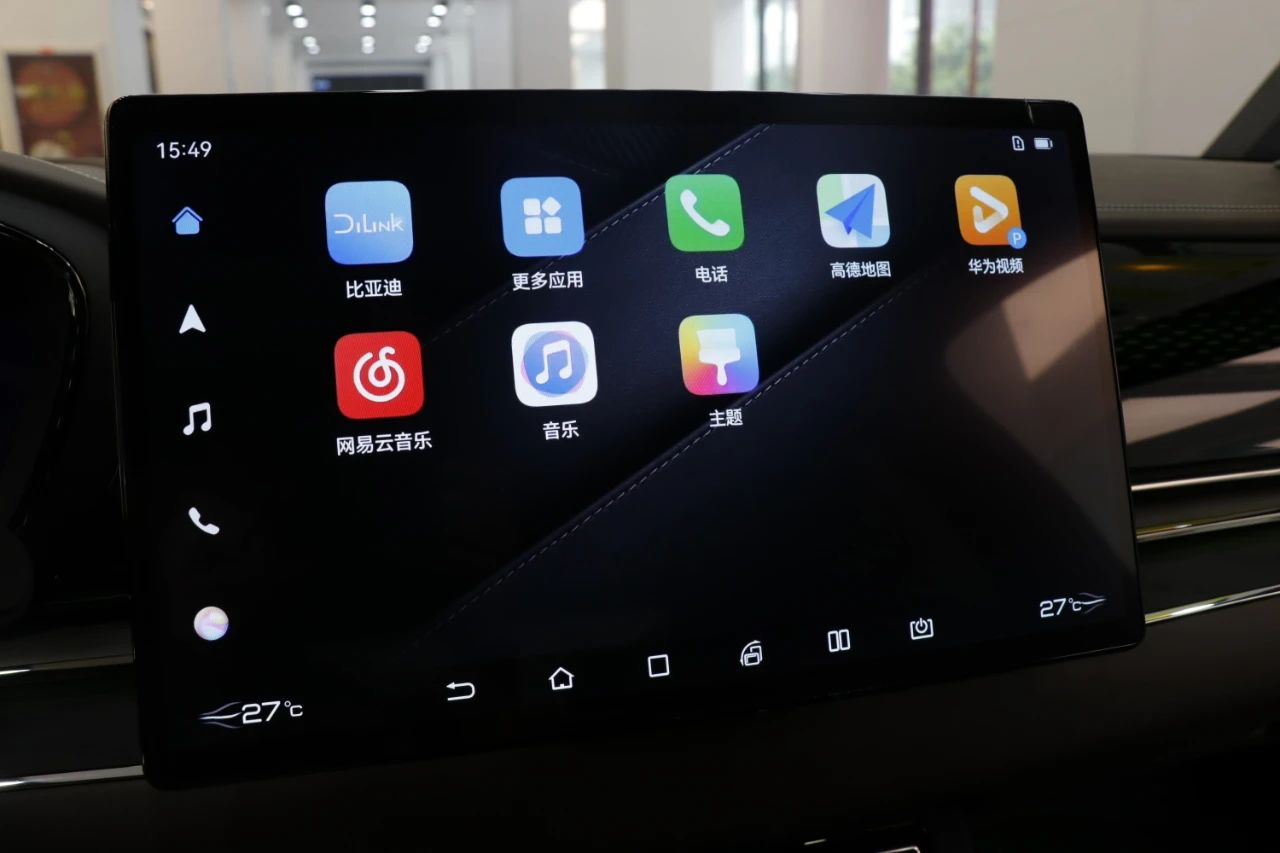Introduction
The era of “software-defined cars” has arrived, where “software” does not only refer to the driving assistance software but also to the “software” of the intelligent cockpit and car machine. Therefore, we have launched the “Micro Experience of Car Machines” column to select car machine products with distinctive features for in-depth experience.
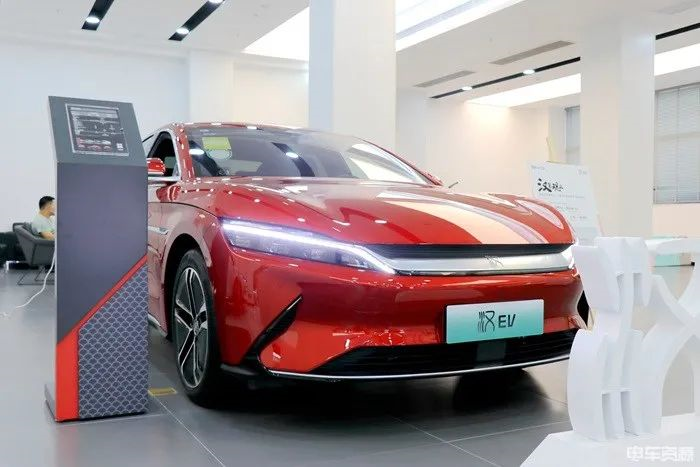
In July 2020, BYD launched a new electric vehicle named after a Chinese historical dynasty – Han. Its launch established a new benchmark for domestic new energy vehicles. The Han, with its increasing sales volume, has also become the best-selling high-end domestic electric vehicle.
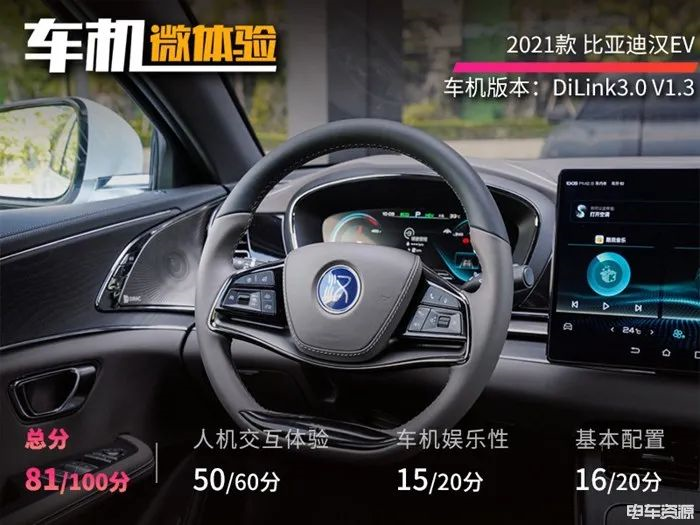
We have already had a lot of explanations about the appearance, interior, and blade battery of this car. So, today, let’s take a look at how the BYD Han’s car machine performs.
Basic Configuration: Personalized and Trendy
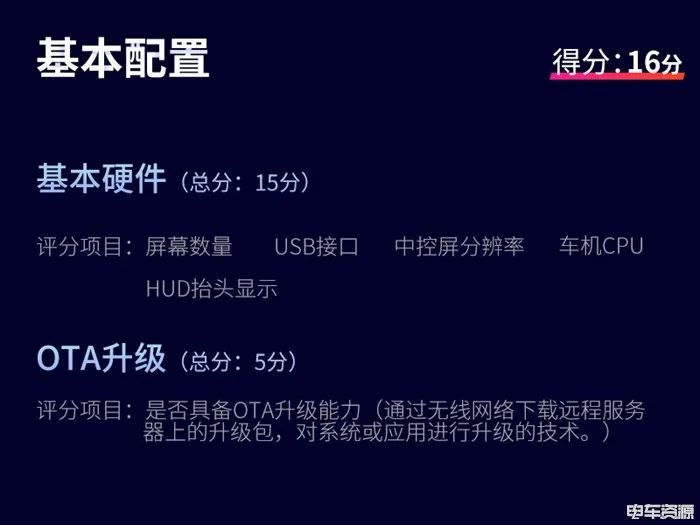
Dashboard
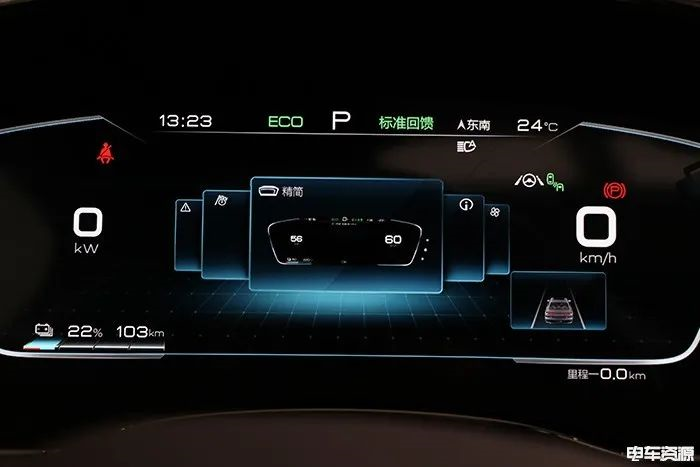

The 12.3-inch instrument panel of the BYD Han is very similar to the previous BYD style, where the battery power, range, speed, and status of the driving assistance system is clear at a glance. There are also three styles to choose from, but the overall difference is not significant.
Center Console Screen
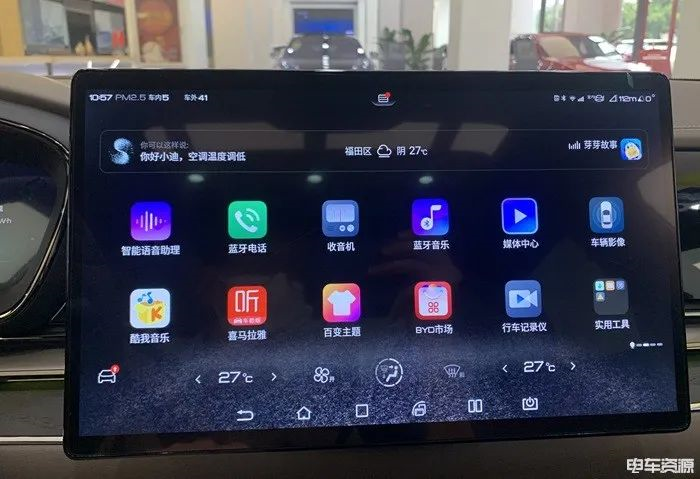
The visual focus of the vehicle is a 15.6-inch center console screen, which can be horizontal or vertical, and is equipped with Kirin 710 chip. Its resolution reaches the Full HD 1920*1080, providing a super clear display effect. Also, the 64-bit, octa-core CPU with a main frequency of 2.0 can support the DiLink intelligent networking system to run some large-scale games, such as eating a chicken, playing the king of glory, and so on. However, it may be a bit strenuous to operate with bare hands.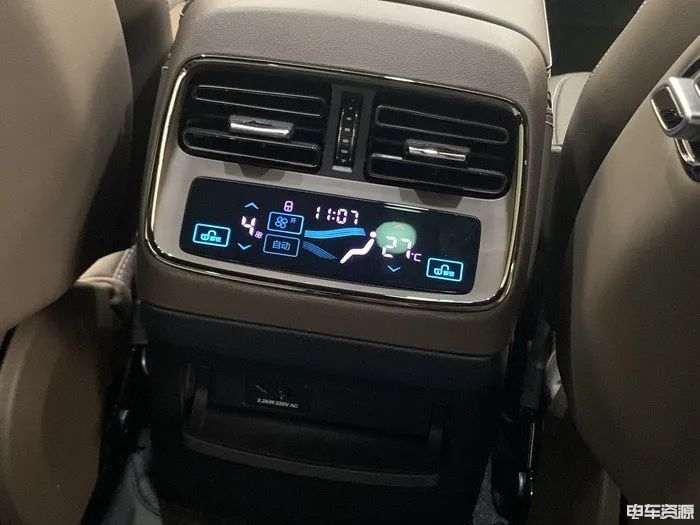
In addition, the BYD Han is equipped with an independent air conditioning control zone in the second row, and the whole vehicle has a total of 8 USB interfaces and a wireless charging panel.
Human-Vehicle Interaction Experience: Convenient and Intelligent
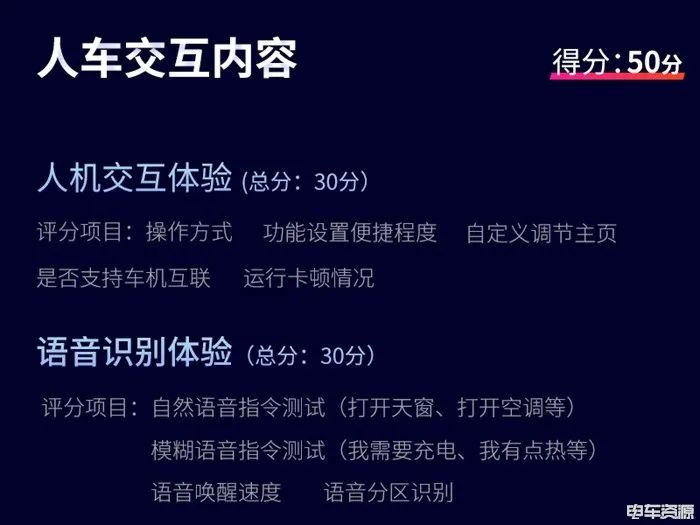
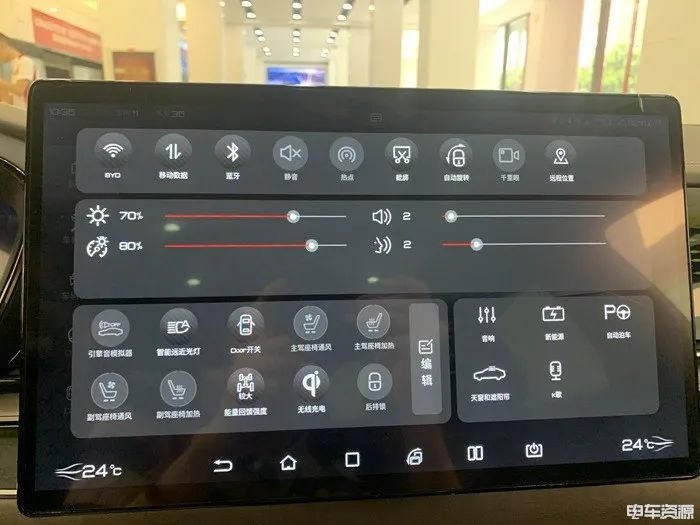
Just like using a mobile phone, we can enter the shortcut function interface by pulling down the top of the screen. The upper part mainly includes some connection switches, such as turning on or off wireless, including mobile data, Bluetooth, etc., which can be turned on here. The middle part is more about sliding adjustments, such as screen brightness, volume, etc.
The lower left part is more about vehicle driving adjustments, such as reversing radar, door switch, and even the vehicle engine simulator is very interesting. And simple adjustments can also be made here for the energy recovery system that electric cars often have.
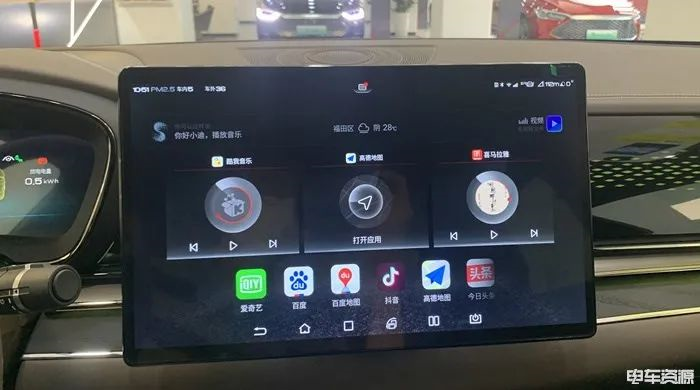
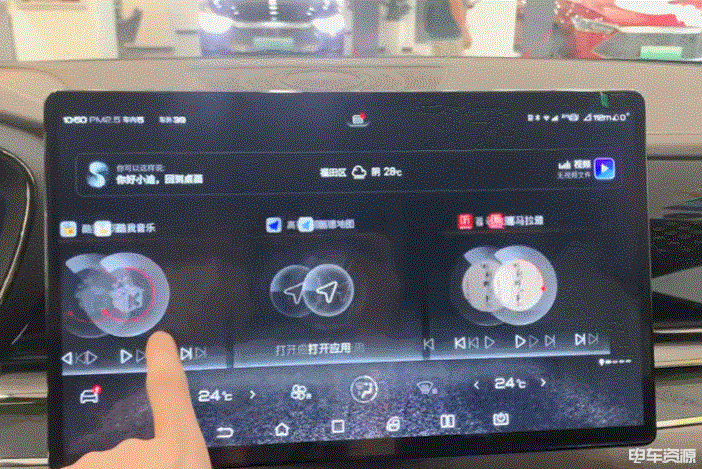
Back to the main interface, there are three programs: music, navigation, and radio, all of which are replaceable. And sliding to the left, it can be said that the smoothness of the screen during this sliding process is very good. In the main functions, some common entertainment functions are provided, such as WeChat, TikTok, etc.
This is actually closely related to changing the Kirin 710 chip. As early as February of this year, the BYD Han’s car machine chip began to be changed from the high-pass 625 to the Kirin 710, and the comprehensive performance of the car machine chip was improved by 35%. The main reason is that the high-pass 625 is designed with A53 eight small cores, while the Kirin 710 is designed with four big cores and four small cores, with more overall stacking and stronger computing power, which obviously changes the smoothness.
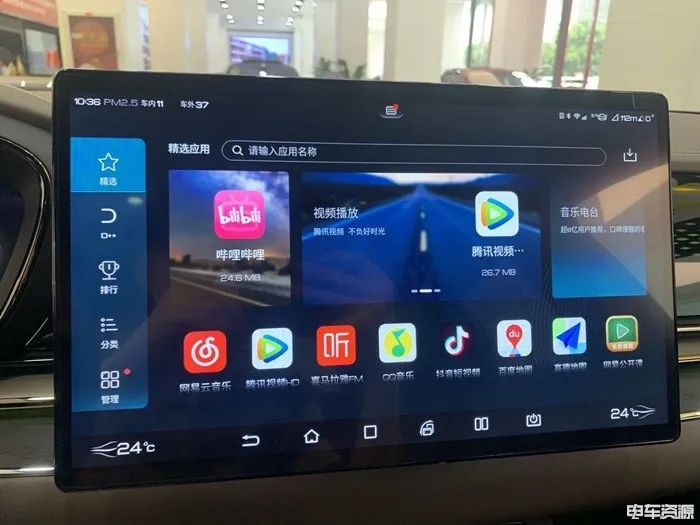
It is worth mentioning that the BYD market inside is very similar to the APP Store, and we can download some applications we need in it.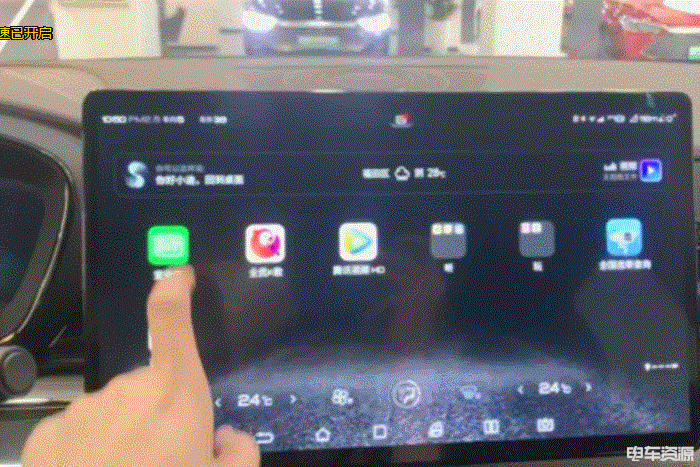
Though the extended functionalities can meet the demands of the times, the performance of some third-party APPs on screen auto-rotation is disappointing. For example, after opening iQiyi, the screen automatically rotates to portrait mode, including the subsequently played video, which is hard to understand.
In addition, whether it is the vehicle’s built-in functions or third-party APPs, you can see that the UI interface design of the entire car system looks “rough”. It can even be said that most third-party APP icons have not been optimized and are directly copied from the official design. As a result, the visual effect of the entire interface is poor.

Returning to the bottom left of the homepage, there is an interesting little car-shaped LOGO, which is the vehicle setup system when clicked. The first line is the new energy, which includes some unique settings for new energy vehicles such as energy feedback and charging port theft prevention.
The vehicle setting function below is also very comprehensive, including the audio system, ambient lighting, screen display, and external rearview mirrors.
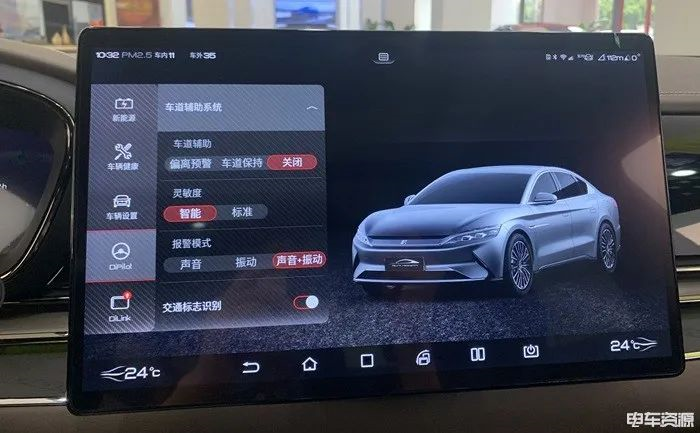
It is worth mentioning that there is the DiPilot system unique to BYD below, which is more of a driving assistance setting, such as intelligent navigation and vehicle assistance systems, which can be turned on or off inside.
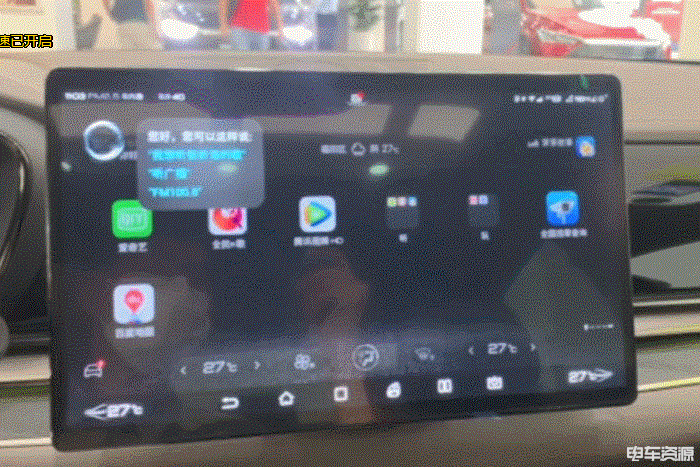
The DiLink 3.0 intelligent voice system was jointly created by BYD and iFLYTEK. After actual testing, it can quickly and accurately execute functions without the need for a wake-up word, natural or fuzzy instructions, for both the vehicle’s own functions and third-party software.
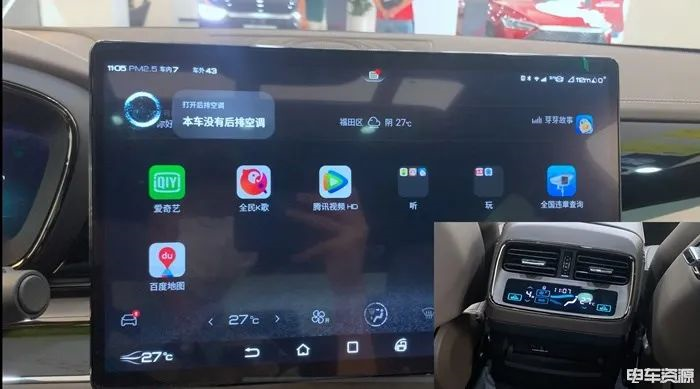
However, surprisingly, as mentioned earlier, the rear of the car is equipped with an independent control area, but when instructing the car system to adjust the rear air conditioning, it was reported that this car has no rear air conditioning.
Entertainment of the Car System: Rich and Fun
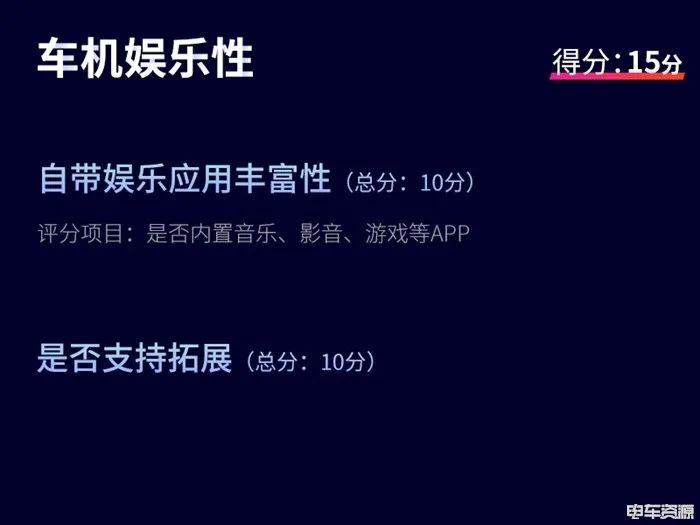 ### BYD Han’s entertainment system
### BYD Han’s entertainment system
As we mentioned before, the entertainment system of the BYD Han is quite impressive. Currently, almost all popular applications found on smartphones can be downloaded from the BYD Market. Recently, the BYD Han received OTA updates for its one-year anniversary, including the new HUAWEI HiCar feature, which is our main topic for today.
HUAWEI HiCar is similar to CarPlay, as both are vehicle-mobile mapping plans developed based on their respective systems-BYD Han uses HUAWEI HiCar, while CarPlay belongs to Apple’s IOS.
After updating to this version, the biggest advantage of Hicar is that it can expand multiple functionalities, such as video playback and gaming. However, device compatibility may be its weakness, as it is currently limited to Huawei or Honor devices.
Additionally, in the BYD Market, where more third-party APPs can be expanded, connecting to HiCar opens up another interface for expanding other third-party APPs, showing some redundancy.
The Huawei HarmonyOS is more inclined towards the “Human-Vehicle-Home” concept. If this concept can be applied to HiCar successfully in the future, it may truly be able to “surpass” CarPlay.
Final Thoughts
Since the release of the MS8 system in 2008, BYD has evolved and made significant changes to the DiLink 3.0 intelligent network system, which is quite impressive in terms of subjective feelings and evaluations.
However, there is still room for improvement in terms of hardware. For example, the current car models do not support 5G signal reception, do not have HUD head-up display options or support, face recognition systems, or memory-linked seat and rearview mirror features based on face ID recognition. In addition, some details concerning the adaptability of some third-party APPs, language control details, and the HiCar system, which are BYD’s pride and joy, still need further optimization.
This article is a translation by ChatGPT of a Chinese report from 42HOW. If you have any questions about it, please email bd@42how.com.
